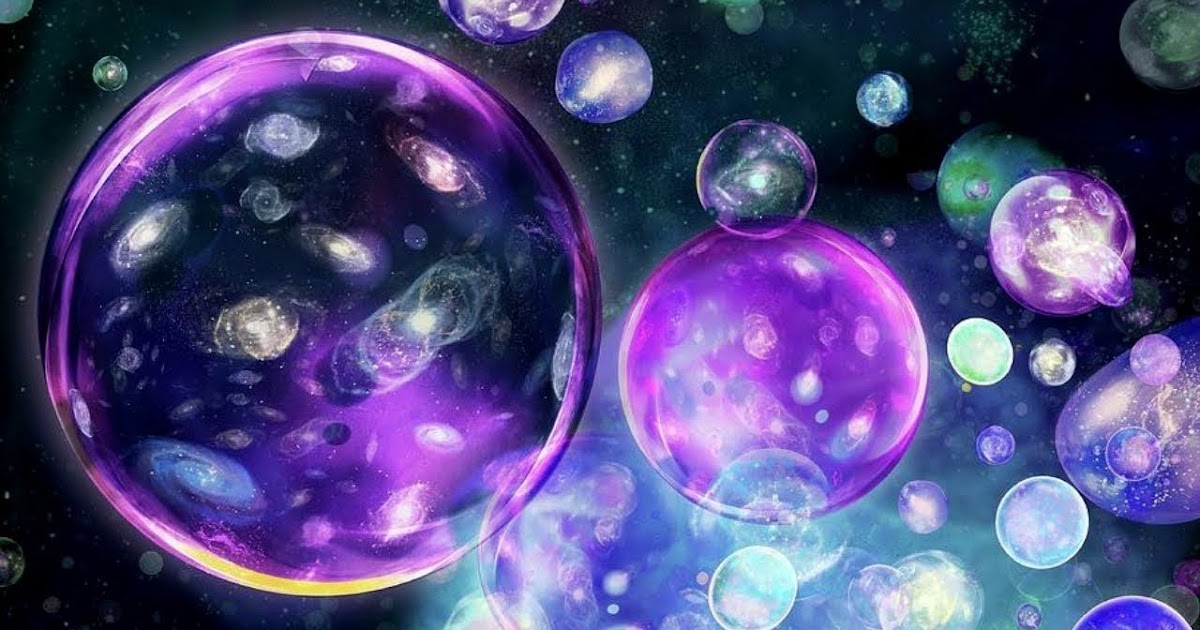Theories of the Multiverse
The concept of a multiverse - that our observable universe is but one of many universes - has long captivated both scientists and science fiction writers alike. While still theoretical, the multiverse is rooted in established scientific ideas like quantum mechanics and Einstein’s theories of general and special relativity. Let’s dive deeper into some of the leading multiverse theories and explore what types of evidence scientists are searching for to prove the existence of worlds beyond our own.
Parallel Quantum Realities
One compelling theory posits that our universe constantly splits into parallel quantum realities whenever nature is observed to be behaving in more than one way. According to the “many-worlds interpretation” of quantum mechanics, whenever multiple potential outcomes exist for a quantum event, all outcomes play out simultaneously across different parallel realities. While impossible to directly observe, some theorists propose trapping particles in isolated quantum superpositions and observing any information leak that may indicate parallel worlds interacting. If perfect isolation could be achieved, it may one day reveal traces of entangled quantum particles branching across parallel realities.
/GettyImages-117453174-57b7779e3df78c8763c694cd.jpg)
Inflationary Bubble Universes
The “inflationary multiverse” model suggests that our observable universe is but one “bubble” formed during an early phase of exponential cosmic inflation. It’s theorized that tiny quantum fluctuations during this brief period of runaway expansion spawned countless other bubble universes with their own distinct physical constants and properties. Some bubbles may have inflated more than others, separating them for all time by vast stretches of space. But occasional “rare” collisions are expected between adjacent bubbles. Scientists hunting the cosmic microwave background for patterns that can’t be explained within our known laws of physics hope to find multiverse collision signatures in the primordial fluctuations.
Eternal Inflation’s Multiverse
A variant model proposes eternal inflation never completely ends, sustaining a forever-growing multiverse. In this view, the inflaton field driving expansion remains potent in some regions, enabling them to eternally self-replicate. Each daughter domain bubble universe then expands exponentially under its own inflaton, seeding yet more bubbles in an endless fractal process. While observations of our universe alone can never prove eternal inflation’s limitless spawning of pocket universes, trace signatures left by collisions in the early multiverse may one day provide supporting evidence for this conjecture. Understanding cosmic inflation and its potential to generate observable quantum gravitational waves holds promise.
Parallel Worlds via Cosmic Domain Walls
According to some theories, cosmic domain walls - topological defects hypothesized to have formed as the early universe transitioned between distinct vacuum states - could delineate parallel worlds separated only by an impossibly thin membrane. Were domain walls to have survived, they may today appear as giant cosmological anomalies revealing the presence of external universes. However, current cosmological models disfavor stable domain walls. Still, searching archived astronomical surveys for previously unexplained oddities that could represent visible interfaces between universes remains an intriguing prospect. No unambiguous domain wall candidates have yet turned up to lend support to this hypothesis.
The Computer Simulation Hypothesis
If technologically advanced civilizations tend to proliferate and simulate ancestor civilizations within virtual worlds, then we ourselves likely exist within a simulated multiverse. While improbable any inhabitants of a simulation could directly perceive its synthetic nature, indirect statistical clues may emerge over time. For instance, the universe’s fundamental physical constants unexpectedly taking on discrete “pixelated” values. Or an abrupt change to physical laws following an upgrade to a more advanced generation of simulators. Testing this idea will require better understanding how to discern synthetic realities from “base” physical ones based solely on internal observations. No “smoking gun” signs have yet surfaced but cannot be ruled out either.
Other Speculative Multiverse Proposals
Some multiverse proposals stretch even beyond what current science can test. For example, many-minds interpretations imagine parallel worlds realized via diverging mental states; or mathematical multiverse ideas where all logically self-consistent universes governed by discrete mathematical structures coexist. Meanwhile, proposals involving higher dimensions, branes, and closed timelike curves suggest universes existing in extra-dimensional geometries or as quantum fluctuations in vacuum energy. With no established method for probing non-local worlds separated by dimensions we cannot directly measure, these proposals remain among the most speculative but also stimulate new ideas on experimenting at the boundaries of known physics.
